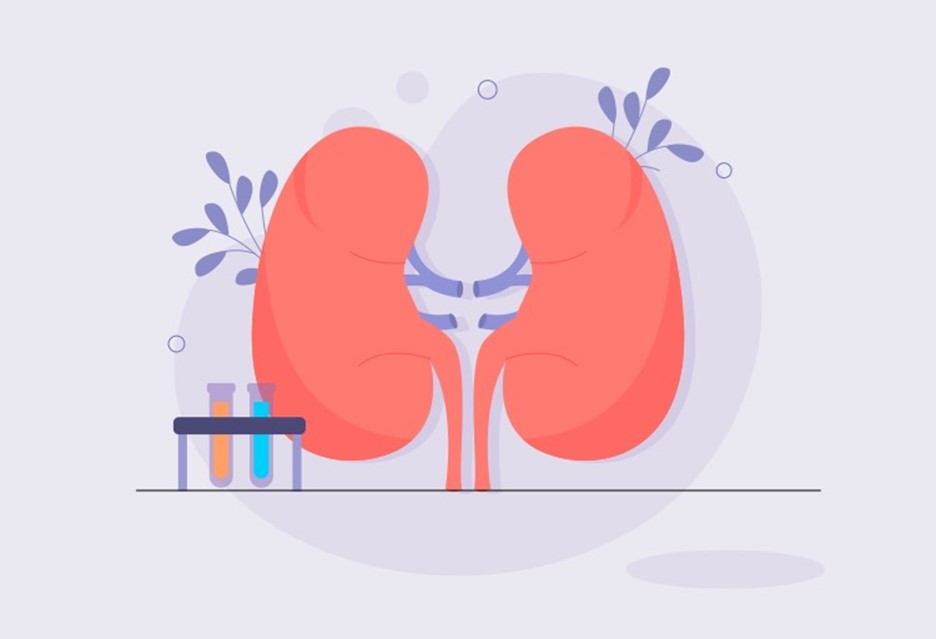
Grades 9-12
Happy EconEdMonth! Celebrate economics all month long by visiting EconEdMonth.org

Don't have an account yet? Sign up for free
Don't have an account yet? Sign up for free

In this lesson, students will calculate savings for different products when using coupons. They will also decide what factors will influence the choices they make when choosing products.
 Have you ever gone grocery shopping? What types of food do you buy? Think about one thing you might buy. It might be cookies, cereal or ice cream. Now, think about what brand you buy. Why do you think you choose that brand over others?
Have you ever gone grocery shopping? What types of food do you buy? Think about one thing you might buy. It might be cookies, cereal or ice cream. Now, think about what brand you buy. Why do you think you choose that brand over others?
Sometimes producers offer "incentives," or a special reason to buy their product. An incentive might be a discount, like a coupon, or a 'gift' like a toy in a cereal box. Incentives make consumers want to buy that product instead of another product.
[NOTE: This activity requires basic understanding of decimals. Pair students who have a strong grasp of decimals and place value with students who are still learning about decimals. Remind students that they will be working with decimals and to pay close attention to place value when completing the activity.]
With your class, think about and discuss the following:
When you are in a store and making a choice, what might affect your choice of brand? [Quality, taste, customer loyalty, price, marketing or package design]
 Producers, or the people who make the products, know that there are certain things they can do to get you to choose their product over someone else’s. First, they can make it taste or function better. This would be called improving its quality. Next, they can make the box or packaging that the product is in look really fun. Finally, they can give you an incentive to choose that product, such as a toy in the box or a lowered price.
Producers, or the people who make the products, know that there are certain things they can do to get you to choose their product over someone else’s. First, they can make it taste or function better. This would be called improving its quality. Next, they can make the box or packaging that the product is in look really fun. Finally, they can give you an incentive to choose that product, such as a toy in the box or a lowered price.
Today you will look at some coupons, pieces of paper a producers give you which let you pay less for their product. In some ways, it is like free money if you buy their product.
Complete the Clipping Coupons-Bargain Quest Activity and be prepared to answer questions after completion.
[NOTE: If you are working with young students, have them work in pairs and make sure that there is a strong reader in each pair.]
This activity requires basic understanding of decimals. Pair students who have a strong grasp of decimals and place value with students who are still learning about decimals. Remind students that they will be working with decimals and to pay close attention to place value when completing the activity.
Questions from activity:
In small groups, have the students cut out coupons from newspapers and magazines. Have them organize the coupons into three piles:
Then, have students focus on the second pile of coupons: "different brand than they normally purchase, "Have the students separate the coupons in that pile into two more piles. The first pile is for products they would buy even though it is the wrong brand. The second is for products they still will not buy even with the coupon. Then ask them the following:
Then, have the students look at the coupons in the third pile: "Something their family doesn't normally purchase." Have them subdivide that pile into two piles: things they will buy and things they will not buy. Then, have them answer the following:

Grades 9-12

Grades 9-12


Grades 9-12
